-
Windows
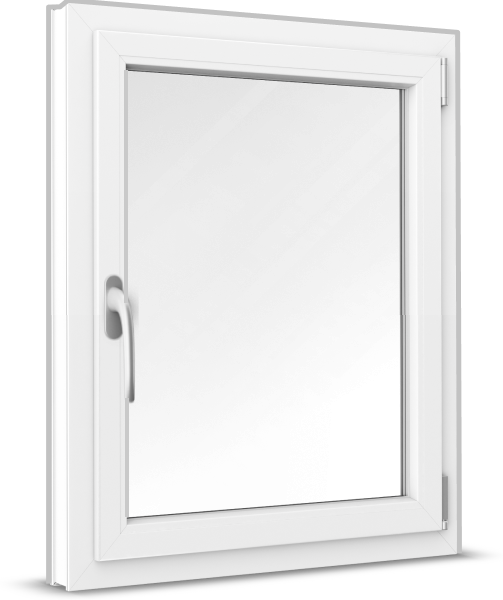 Windows
Windows
-
French Doors
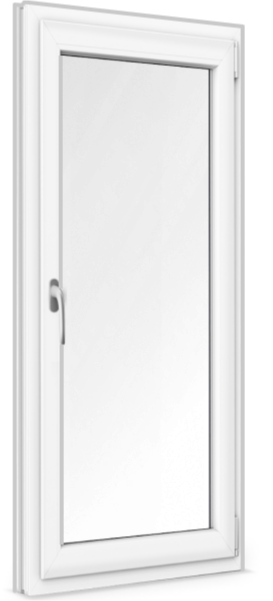 French Doors
French Doors
-
Patio Doors
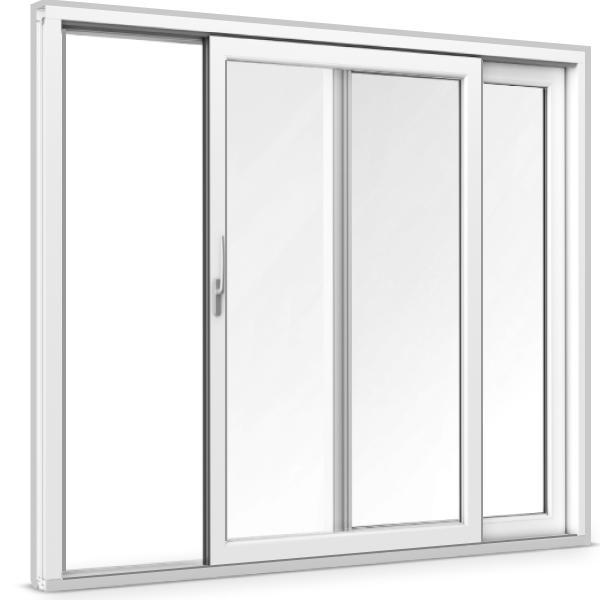 Patio Doors
Patio Doors
-
Front Doors
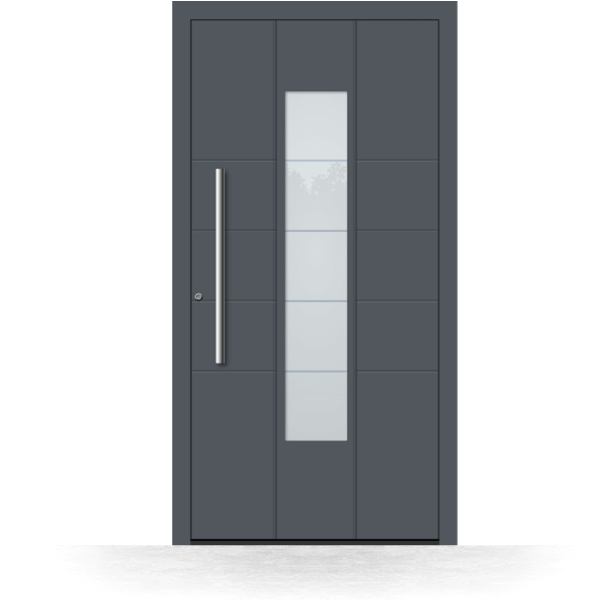 Front Doors
Front Doors
-
Roller Shutters
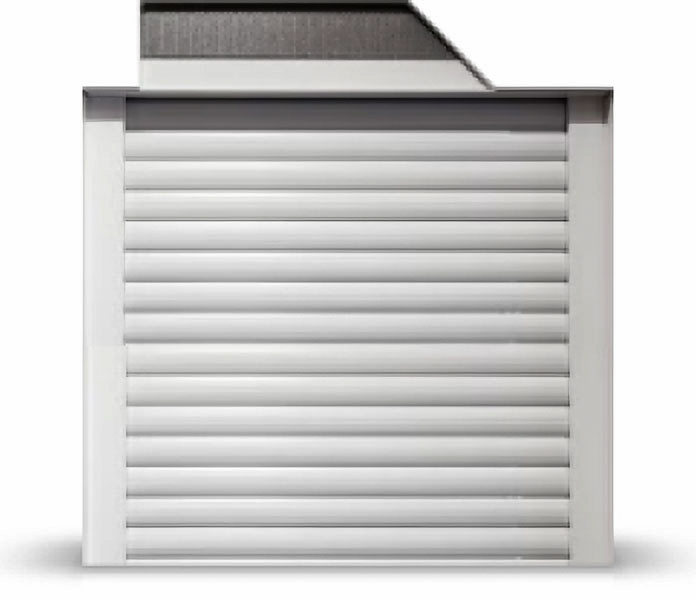 Roller Shutters
Roller Shutters
-
Window Sills
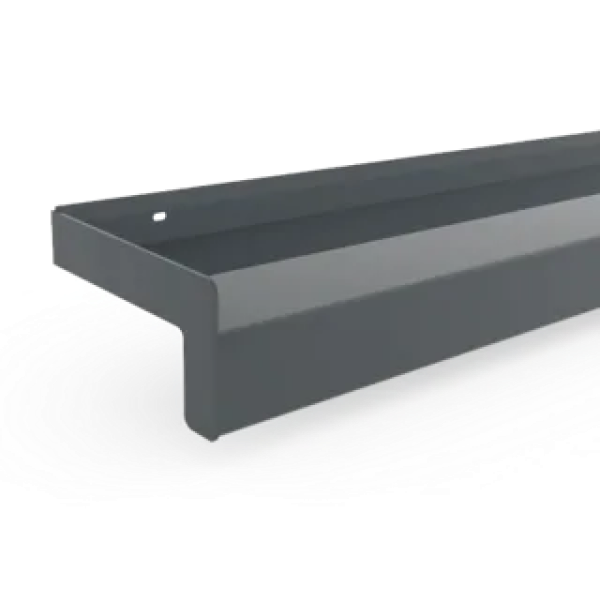 Window Sills
Window Sills
Sign in
Contact us
Acoustic glass is a special type of insulating glass which is designed to absorb and therefore reduce external noise. This enables anywhere from a mild to dramatic reduction of outside noise, whether from traffic, construction or a neighbor's dog. However, even if you do not live next to a major highway, acoustic insulation you can still benefit. You may be in a low traffic neighborhood but have a lot of pedestrian traffic, commercial activity or teenager learning to play the drums! Particularly in modern urban areas, noise pollution is an increasing problem and many people do not even realize it until spending a quiet day in the countryside.
Sound is a type of energy, specifically vibrations that travel in waves through the air. To achieve better noise reduction, the energy of these sound waves must be reduced. We offer four different classes of acoustic glass. Each has a u-value (Ug) of 1.1 W/m² according to DIN EN 673.
Class 2 is usually standard in residential homes today and best for streets with 10 - 50 vehicles per hour and average 30 meter (100 ft) distance between the house and street. It can reduce noise up to 32 decibels and is constructed with 4 mm float glass externally, a 16 mm gap between panes and another 4 mm of float glass on the interior.
We offer two levels of class three glass, designed for residential streets with 50 - 200 vehicles per hour and an average 30 m (100 ft) distance between house and street. They can reduce noise up to 36 and 38 decibels respectively and are constructed with 8 mm float glass externally, a 16 mm gap between panes and 4 mm of float glass internally.
Recommended for major streets with 1000 - 3000 vehicles per hour and 100 - 300 m distance between house and street. The glazing can achieve sound reduction up to 42 decibels. The pane construction consists of 9 mm cast resin externally, a 12 mm gap between panes and 6 mm float glass internally (9/12/6).
Recommended for major streets with 1000 - 3000 vehicles per hour and 10 - 30 m distance between house and street. The first glass pane is made of 8 mm-thick laminated glass, the second pane is made of 10 mm-thick float glass and the space between them is 16 mm with an overall thickness of 32 mm.
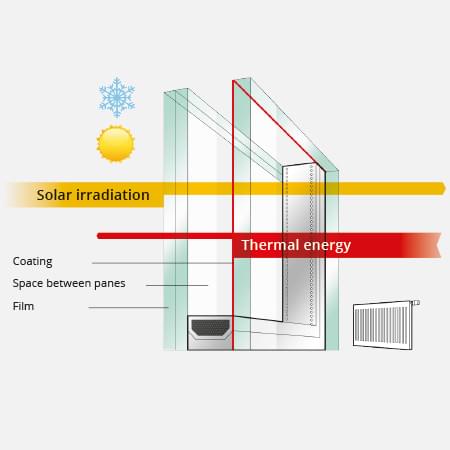
| Sound Insulation Class | Outside Noise Level (dB) | Interior Noise reduction (dB) | Cars per hour | Distance of home to street in meters |
|---|---|---|---|---|
| I | up to 55 | 30 | 10 - 50 | more than 35 |
| II | 56 -60 | 30 | 10 - 50 | 26 - 35 |
| III | 61 - 65 | 35 | 50 - 200 | 26 - 35 |
| IV | 66 - 70 | 40 | 1000 - 3000 | 100 - 300 |
| V | 71 - 75 | 45 | 1000 - 3000 | 36 - 100 |
| VI | 76 - 80 | 50 | 3000 - 5000 | less than 100 |
In order for a window fitted with acoustic glass to achieve optimum sound reduction, it must first be installed correctly. Soundproof glass also depends on the frame and fit. Ensuring an airtight installation, eliminating extra room between the wall and frame and properly sealing edges will all help achieve maximum performance. Whatever your project, if sound reduction is your goal, it is critical to let a certified craftsmen do the work.
Although Sound Class 2 is standard in most homes today, it is usually better to choose class 3 or 4 depending on the noise levels of your area. Another positive feature of windows equipped with class three or four is the fact that these not only lower noise but also increase thermal insulation.
This reduces heat loss and also saves on energy bills while dampening sound. Acoustic glazing can also be combined with thermal insulation and safety glass as well. This is provided by the particular construction of the glass itself which can achieve higher U-values (thermal insulation values).
Acoustic glass often appears similar to standard double glazing. However, the design of sound reduction windows offers several special features to boost their acoustic performance and insulate against outside noise. First, the individual glass panes are thicker and the air cavity between them is bigger. This helps to reduce the resonance of loud noises and make it more difficult for sound to pass through.
Another special feature is filling the glass units with an inert gas like argon or krypton. These gases are more difficult for sound to pass through than normal air. As the sound waves move through the gas, they lose energy and thus decibels of volume. Finally, the entire window must be carefully sealed to eliminate and prevent any spaces or gaps between the wall and frame. Otherwise, this creates problems with both soundproofing, and condensation.